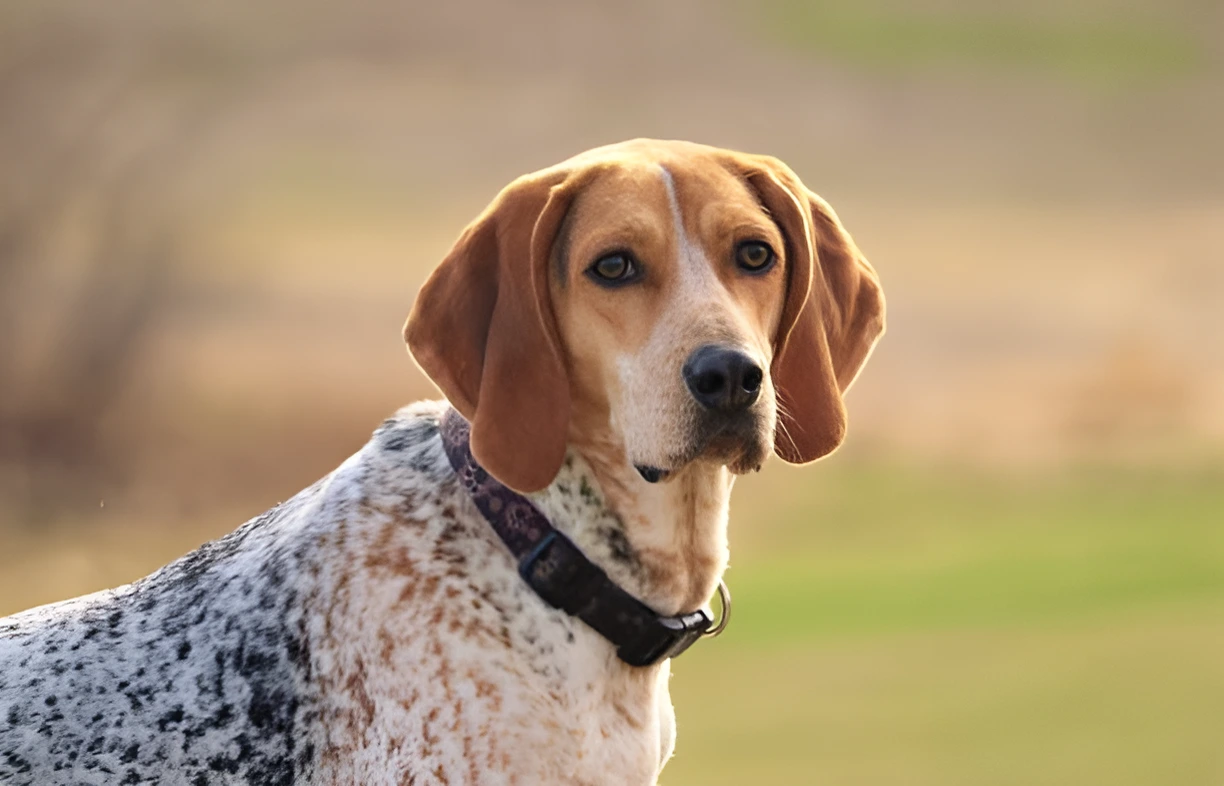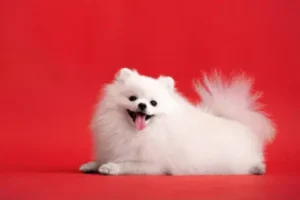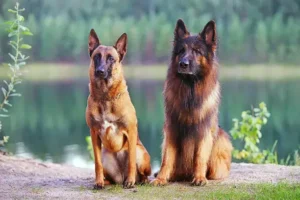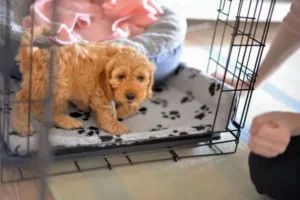Coonhounds have webbed feet to enhance their swimming ability and improve their traction on various terrains, especially in swampy and muddy environments. This unique feature is a result of their breeding history and the specific tasks they were developed to perform.
Coonhounds are a fascinating breed with a rich history and a set of physical traits that make them exceptional hunters and companions. One of the most intriguing features of coonhounds is their webbed feet. This comprehensive guide will explore why coonhounds have webbed feet, the benefits of this trait, and how it contributes to their abilities as hunters. We will also delve into the history of the breed, their physical characteristics, and practical tips for caring for a coonhound.
The Purpose of Webbed Feet in Coonhounds
Webbed feet in coonhounds serve several important functions:
- Enhanced Swimming Ability: The webbing between their toes helps coonhounds swim more efficiently, making them excellent water retrievers.
- Improved Traction: Webbed feet provide better traction on slippery or uneven surfaces, such as mud, swamps, and wetlands.
- Digging Efficiency: The webbing acts like a shovel, allowing coonhounds to dig more effectively when tracking game.
Historical Context and Breeding
Coonhounds were bred for specific tasks that required them to navigate various terrains and conditions. Understanding their history helps explain why webbed feet are a beneficial trait.
Origins and Development: Coonhounds were developed in the United States from a mix of European hunting dogs. They were specifically bred to hunt raccoons and other small game, which often led them through challenging environments such as swamps and forests.
Selective Breeding: Breeders selected dogs with traits that enhanced their hunting abilities, including webbed feet. This trait allowed coonhounds to excel in water and on land, making them versatile hunters.
Physical Characteristics of Coonhounds
Coonhounds possess several physical traits that make them well-suited for hunting:
Muscular Build: Coonhounds have a strong, muscular build that provides the stamina and strength needed for long hunts.
Long Ears: Their long ears help trap scent particles, enhancing their tracking abilities.
Webbed Feet: The webbing between their toes is a key feature that aids in swimming and provides stability on various terrains.
Benefits of Webbed Feet
Swimming Efficiency: Webbed feet act like paddles, allowing coonhounds to move through water with ease. This is particularly useful when retrieving game from water or crossing streams during a hunt.
Traction on Slippery Surfaces: The webbing provides additional surface area, improving traction on slippery or uneven surfaces. This helps coonhounds maintain their footing in muddy or swampy areas.
Digging Capability: The webbing between their toes acts like a shovel, making it easier for coonhounds to dig when tracking game or creating a den.
Practical Tips for Caring for a Coonhound
Caring for a coonhound involves understanding their unique needs and providing appropriate care:
- Regular Exercise: Coonhounds are active dogs that require regular exercise to stay healthy and happy. Daily walks, runs, and playtime are essential.
- Proper Nutrition: Provide a balanced diet that meets their nutritional needs. Consult your veterinarian for recommendations on the best food for your coonhound.
- Grooming: Regular grooming helps keep their coat healthy and reduces shedding. Pay special attention to their ears and feet, as these areas can be prone to infections.
- Training and Socialization: Early training and socialization are crucial for coonhounds. Use positive reinforcement techniques to teach basic commands and good behavior.
- Health Check-ups: Regular veterinary check-ups are important to monitor your coonhound’s health and catch any potential issues early.
Common Health Issues in Coonhounds
Coonhounds are generally healthy dogs, but they can be prone to certain health issues:
Hip Dysplasia: This genetic condition affects the hip joints and can cause pain and mobility issues. Regular exercise and maintaining a healthy weight can help manage this condition.
Ear Infections: Due to their long ears, coonhounds are prone to ear infections. Regular cleaning and monitoring can help prevent infections.
Obesity: Coonhounds can gain weight easily if not properly exercised and fed. Monitor their diet and ensure they get enough physical activity to maintain a healthy weight.
Conclusion
Coonhounds have webbed feet to enhance their swimming ability, improve traction on various terrains, and aid in digging. This unique trait, combined with their other physical characteristics, makes them exceptional hunters and companions. By understanding the importance of webbed feet and providing proper care, you can ensure your coonhound leads a healthy and happy life.
The photo featured below the post headline is Credit: Heather Barrett/istockphoto
I hope you find this post helpful and informative. If Yes’ feel free to share it with your friends!
Frequently Asked Questions
Why do coonhounds have webbed feet?
Coonhounds have webbed feet to enhance their swimming ability, improve traction on various terrains, and aid in digging.
Are all coonhounds good swimmers?
Yes, most coonhounds are good swimmers due to their webbed feet, which help them move efficiently through water.
How often should I exercise my coonhound?
Coonhounds are active dogs that require daily exercise, including walks, runs, and playtime, to stay healthy and happy.
What should I feed my coonhound?
Provide a balanced diet that meets their nutritional needs. Consult your veterinarian for recommendations on the best food for your coonhound.
How can I prevent ear infections in my coonhound?
Regularly clean and monitor your coonhound’s ears to prevent infections. Consult your veterinarian for advice on proper ear care.









